Every May and June, under the soft glow of the moon, the Delaware Bay transforms into a living stage for one of the world’s oldest natural spectacles. Thousands of horseshoe crabs emerge from the Atlantic’s shallow waters, their prehistoric shells glistening in the surf, to spawn on sandy shores—a ritual unchanged for over 450 million years. Above them, flocks of migratory shorebirds, including the endangered red knot, arrive exhausted from their hemispheric journeys, drawn by the feast of crab eggs strewn along the tide line. This ancient connection between crab and bird is both delicate and profound—an ecological choreography that has survived ice ages, storms, and now faces a modern test of survival amid climate shifts and human pressures.
The Hidden Clues of an Ancient Ritual
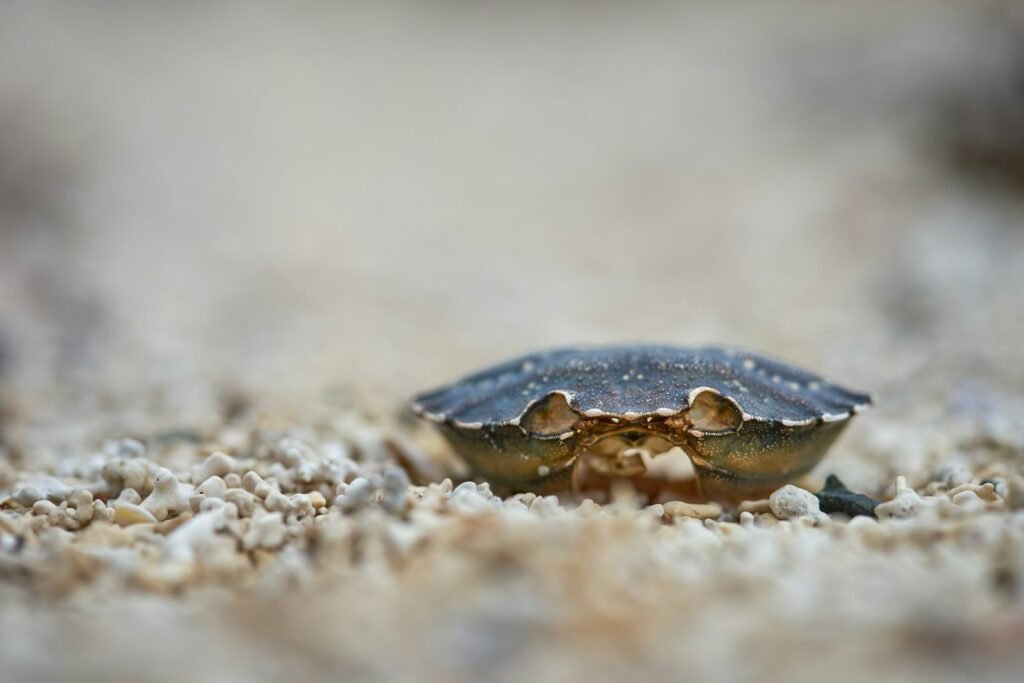
To witness Delaware Bay’s horseshoe crab spawning is to glimpse Earth’s evolutionary past. These “living fossils,” whose lineage predates dinosaurs, rise with the high tides of late spring to lay millions of eggs in the sand. The females, some nearly two feet long, dig shallow nests as males cluster around them, fertilizing thousands of green, pea-sized eggs. Scientists estimate that a single female can lay up to 90,000 eggs in a season, ensuring at least a few survive predators and the tide.
For scientists and conservationists, these spawning events offer vital data. Biologists track crab populations by tagging individuals, recording size, and observing mating densities. “The horseshoe crab isn’t just a relic—it’s a barometer for the health of our coastal ecosystems,” says Dr. Larry Niles, a wildlife biologist who has studied the phenomenon for decades. Each year’s spawn reveals insights into coastal changes, climate impacts, and the ripple effects of human interference on marine life cycles.
From Ancient Tools to Modern Science
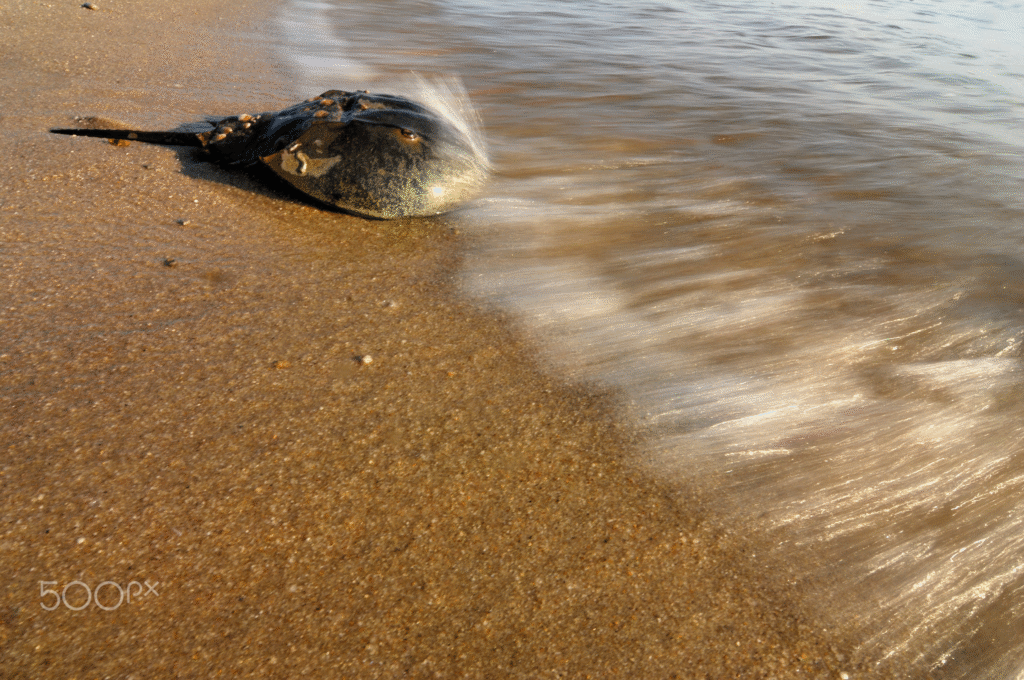
While their armored appearance might seem alien, horseshoe crabs have long served humanity. Their blue blood contains Limulus Amebocyte Lysate (LAL), a compound crucial for detecting bacterial contamination in vaccines and medical equipment. Pharmaceutical companies harvest this blood carefully, though the practice remains controversial due to its potential stress on crab populations.
At the same time, technological advances have helped mitigate risks. Synthetic alternatives to LAL, such as recombinant Factor C (rFC), are gradually being adopted, offering a path toward medical safety without ecological harm. The shift is a testament to how ancient species continue to influence cutting-edge science. “It’s an ethical balancing act—preserving a species while respecting the medical necessity that depends on it,” says Dr. Lisa Levin, a marine ecologist.
The Birds Who Follow the Moon
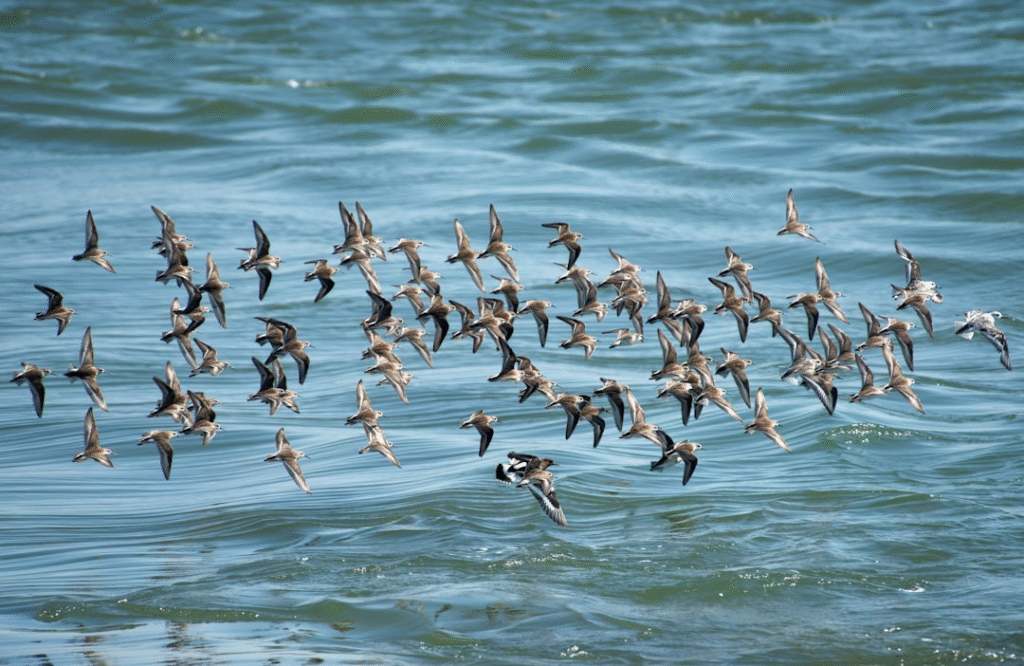
Perhaps the most mesmerizing aspect of the Delaware Bay’s natural drama is the arrival of the red knot (Calidris canutus rufa), a small, russet-breasted shorebird that migrates over 9,000 miles from Tierra del Fuego, Argentina, to the Arctic Circle. Timing is everything. The birds arrive precisely when crab eggs are at their peak abundance, refueling for their final push north. A single red knot can double its body weight in just two weeks, thanks to the high-fat diet of horseshoe crab eggs.
This synchrony is no coincidence—it’s the product of millennia of co-evolution. Yet, disruptions in crab populations can devastate bird numbers. In the early 2000s, overharvesting of horseshoe crabs for bait caused a crash in red knot populations. Conservation actions, including fishing restrictions and protected spawning beaches, have since helped stabilize the species, but scientists warn that recovery remains fragile.
Why It Matters
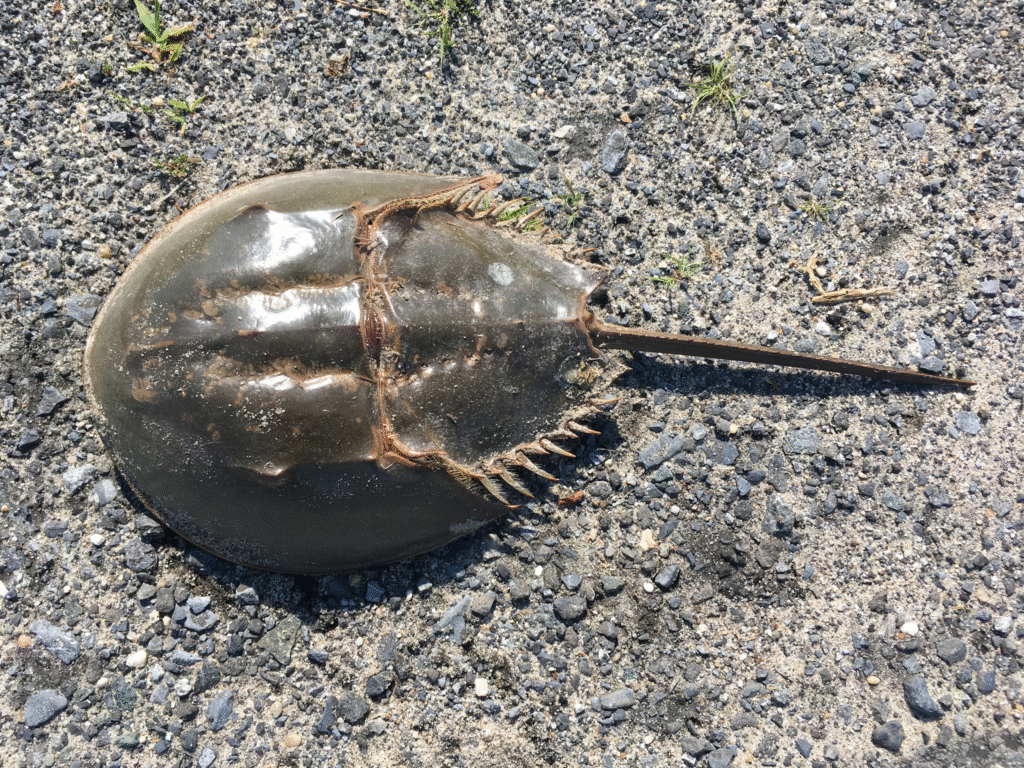
The horseshoe crab–red knot relationship embodies the concept of ecological interdependence. When crab numbers decline, bird migrations falter. When shorelines erode, spawning grounds vanish. The consequences ripple outward:
- Biodiversity loss: Shorebirds and other marine species depend on the nutrient-rich eggs.
- Medical impact: Fewer crabs mean reduced access to biomedical resources.
- Economic effects: Delaware Bay’s eco-tourism, estimated at $12 million annually, thrives on visitors drawn to the migration spectacle.
“The bay is more than a habitat—it’s an intersection of biology, culture, and economy,” explains Amanda Dey, a conservation manager with New Jersey’s Division of Fish and Wildlife. The event underscores how the fate of a single species can shape entire ecosystems and communities.
Conservation Science at Work
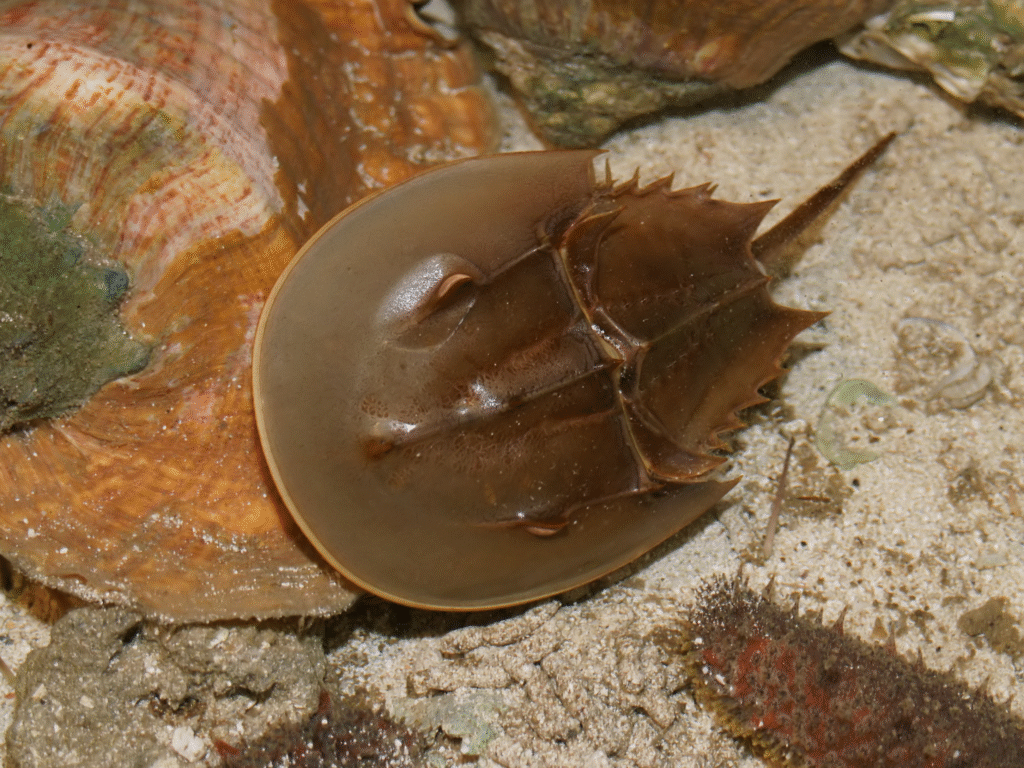
Over the past two decades, Delaware Bay has become a living laboratory for conservation innovation. Volunteer scientists conduct nighttime surveys, marking and counting crabs by flashlight. Organizations like the Western Hemisphere Shorebird Reserve Network and the U.S. Fish and Wildlife Service collaborate to protect critical beaches such as Reed’s Beach and Slaughter Beach.
Recent data show promising trends: the population of spawning females has stabilized since 2015, and red knot numbers, though still below historical levels, have begun to inch upward. Advances in satellite tracking and genetic studies now allow researchers to monitor migration routes and reproductive success with unprecedented accuracy. Conservationists stress, however, that long-term recovery will require vigilance—especially as climate change alters coastal conditions and sea levels.
Global Perspectives
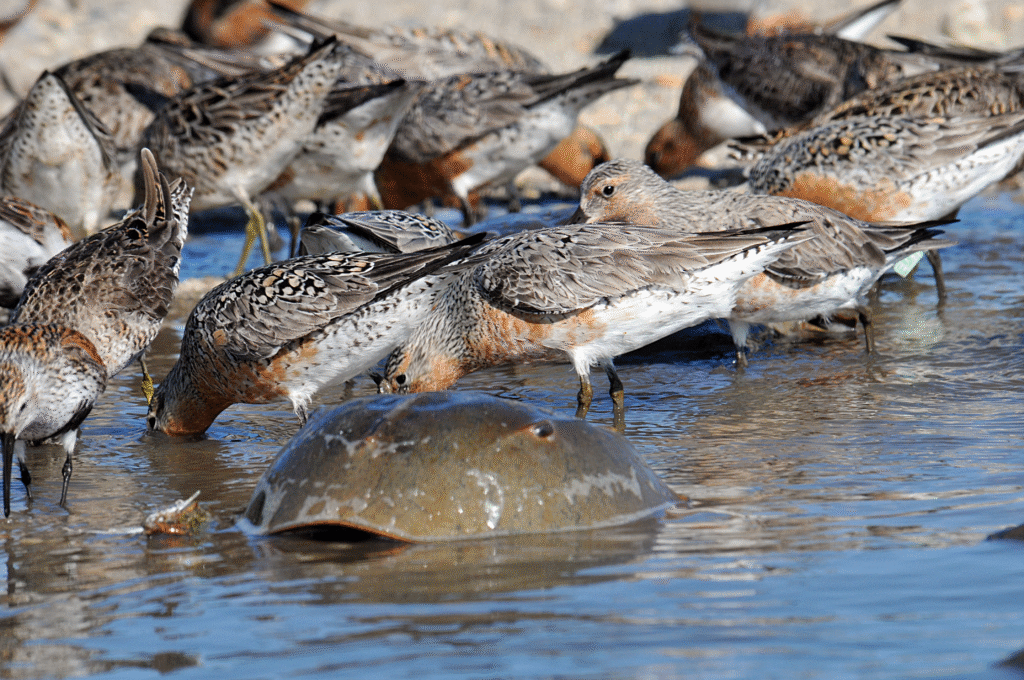
The Delaware Bay story reflects a global phenomenon. Horseshoe crabs inhabit coastlines from North America to Southeast Asia, where similar struggles unfold. In Asia, particularly along the coasts of China and Southeast Asia, overexploitation has driven local species like the tri-spine horseshoe crab (Tachypleus tridentatus) toward endangerment. The lessons from Delaware Bay—balancing ecological protection with human benefit—are now informing global conservation frameworks.
International collaborations are underway to harmonize medical testing standards and promote the adoption of LAL alternatives. “We’re seeing a global awakening to the idea that ancient species deserve modern protections,” notes Dr. Yuta Watanabe, a Japanese marine biologist specializing in arthropod conservation.
The Future Landscape
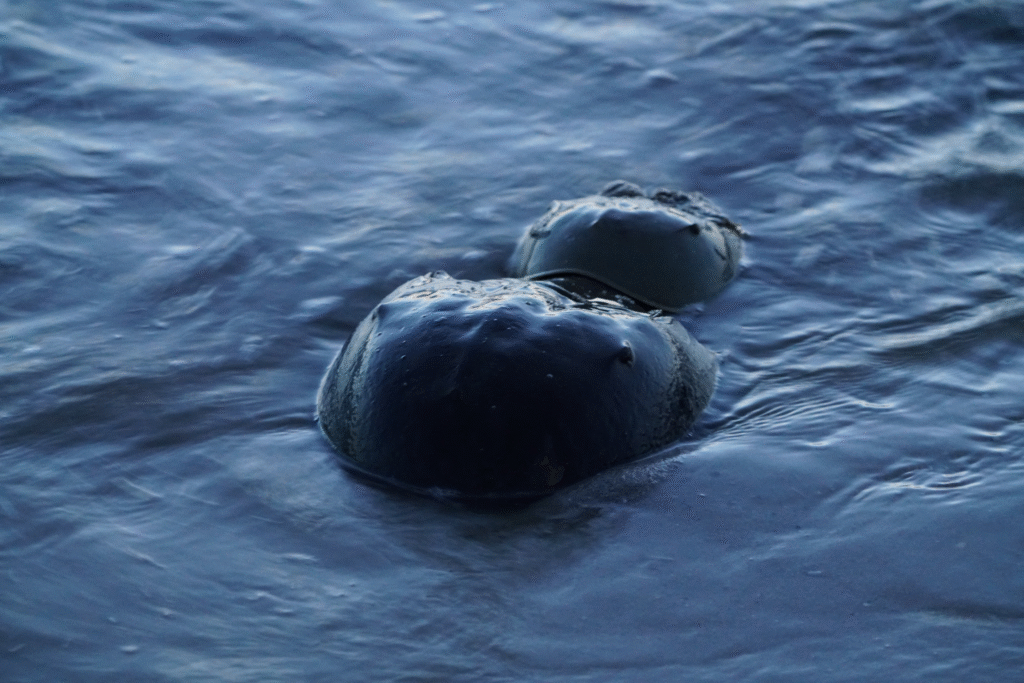
The next challenge lies in adapting to the planet’s changing climate. Rising sea levels and stronger storms are reshaping Delaware Bay’s beaches, threatening the fine balance between crab spawning and bird feeding. Scientists are exploring solutions such as “living shorelines”—restoration projects that use natural materials like oyster reefs and marsh grasses to stabilize coasts.
Moreover, advances in AI-driven ecological modeling are helping predict spawning success under different climate scenarios. By integrating satellite data with field observations, researchers can anticipate future risks and plan habitat protection accordingly. If successful, these innovations could become templates for coastal conservation efforts worldwide.
How You Can Help
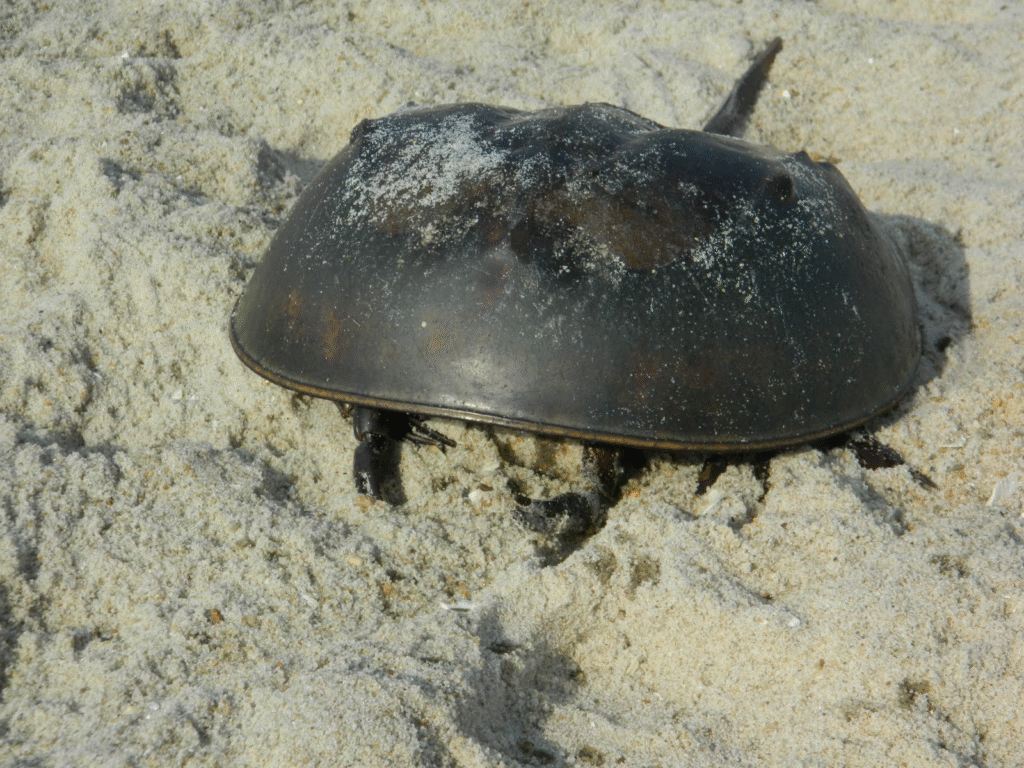
The survival of the Delaware Bay ecosystem depends on collective action. Here’s how individuals can contribute:
- Support conservation groups such as the American Littoral Society and Delaware Bay Shorebird Project.
- Participate in citizen science by volunteering during the annual horseshoe crab count.
- Advocate for sustainable medical practices, encouraging the adoption of synthetic LAL alternatives.
- Educate others—share the story of this ancient partnership between crabs and birds.
Each small effort sustains a cycle that has endured for nearly half a billion years. In an age of rapid change, protecting these timeless rituals reminds us of nature’s resilience—and our responsibility to ensure its survival.

Suhail Ahmed is a passionate digital professional and nature enthusiast with over 8 years of experience in content strategy, SEO, web development, and digital operations. Alongside his freelance journey, Suhail actively contributes to nature and wildlife platforms like Discover Wildlife, where he channels his curiosity for the planet into engaging, educational storytelling.
With a strong background in managing digital ecosystems — from ecommerce stores and WordPress websites to social media and automation — Suhail merges technical precision with creative insight. His content reflects a rare balance: SEO-friendly yet deeply human, data-informed yet emotionally resonant.
Driven by a love for discovery and storytelling, Suhail believes in using digital platforms to amplify causes that matter — especially those protecting Earth’s biodiversity and inspiring sustainable living. Whether he’s managing online projects or crafting wildlife content, his goal remains the same: to inform, inspire, and leave a positive digital footprint.




